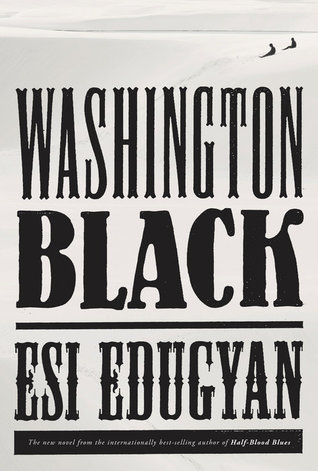Back in 2018—when I reviewed Weike Wang’s first novel, Chemistry, on this blog—I predicted “Weike Wang is an author to watch.” Indeed, Wang has since produced two more well-received novels focusing on the experiences of Chinese American women. In this post, I offer recaps of my reviews of Chemistry and of Wang’s second novel, Joan Is Okay, plus a brand new review of her third book, Rental House. In all her novels, Wang makes her readers think hard about the role of immigrants in American society, about the difficulties that women (of any race) face in choosing careers, and about the tensions between the personal and the professional in the lives of talented people.
Chemistry Weike Wang (2017) The unnamed first-person narrator in Chemistry is a young woman heading into her final year of a doctoral program in chemistry at a prestigious university. She’s Chinese American, brought to the United States as a young child. Boyfriend Eric is a white guy who is just embarking on what will undoubtedly be a rewarding academic career. He wants to marry the narrator, but she demurs, worried about forfeiting her intellectual capacity. Added to this tension is a side plot about the narrator’s best friend, a physician in New York, who talks to the narrator frequently on the phone. Should the narrator marry Eric, a man very well suited to her personality and intelligence, even though he can never fully understand her family’s culture and language? If she doesn’t pursue chemistry, what should she do with her life? And if she moves to the Midwest to follow Eric, should she take her comical, untrainable dog with her? Chemistry doesn’t give readers all the answers, but that’s its charm.
Joan is Okay Weike Wang (2022) All of us know what’s going to happen in the intensive care units of hospitals in New York City in the spring of 2020. We know that ICU physicians like Joan are going to be in the thick of the COVID pandemic. But in 2019, Joan can’t predict this. She’s dealing instead with the expectations of her boss (who rewards her workaholism) as well as the expectations of her Chinese American family (who want her to get married and have kids). She also has a strangely intrusive neighbor and an oddball work colleague. Still, Joan is okay, even when COVID hits. This short novel packs a punch.
Rental House Weike Wang (2024) Keru and Nate met at Yale, married several years later, and settled in New York City. One summer, when the two are in their mid-thirties and doing well in their careers, they decide to rent a house on Cape Cod, inviting their parents to spend separate weeks with them and their large sheepdog. In-law relationships can be fraught, especially so when one set of parents (Keru’s) is Chinese American and one (Nate’s) is Appalachian American. Needless to say, the vacation is not smooth sailing. In the second section of Rental House, we skip ahead five years, as Keru and Nate hit age 40 and rent a vacation house in the Catskills. The same cultural clashes take place, and new marital challenges arise. Wang’s prose style is spare and droll, her dialogues are sharp, and her psychological insights are penetrating.
























